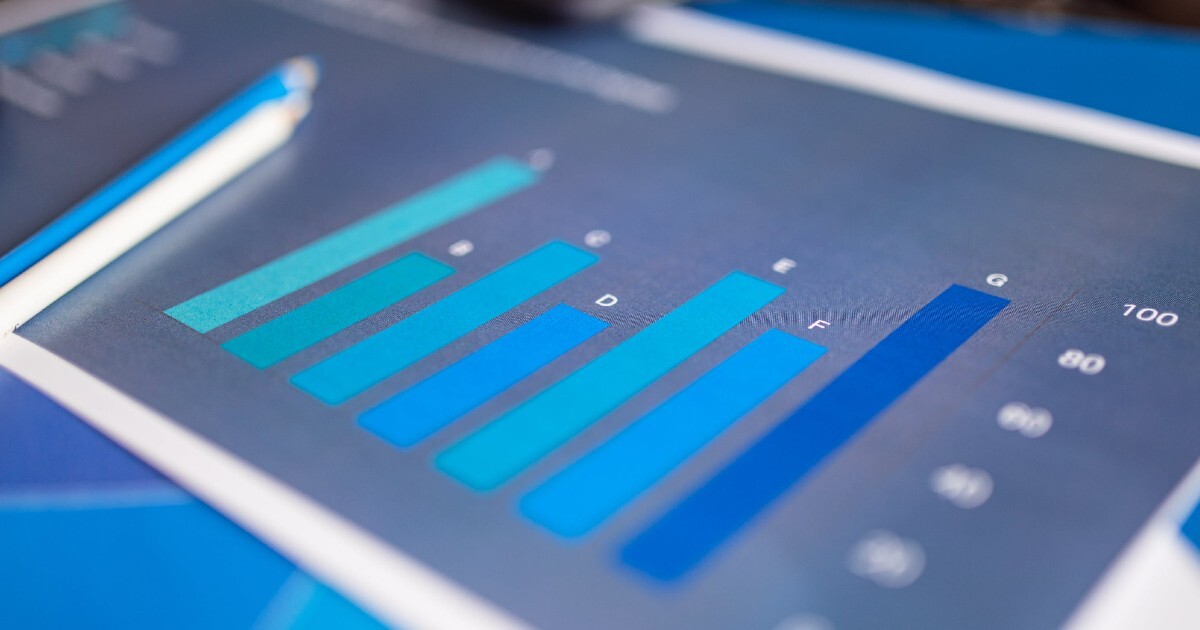Clients often ask how long it usually takes to get a patent or trademark registered in South Korea, and so far patent attorneys were only able to give sketchy answers based on their experiences. In order to provide factual answers to such questions, PI IP LAW have analyzed a large amount of data of 43,387,509 cases.
By analyzing data generated in the patent and trademark examination process, PI IP obtained noteworthy statistics such as average registration period.
Events that occur during patent and trademark registration are saved as data. Some statistics such as patent or trademark registration rates are disclosed to the public by KIPO. But the Korean patent office does not provide answers to specific questions, such as “when will my patent be registered?” or “how much will the registration process be shortened when I apply for an expedited examination system?”.
In order to resolve such curiosity, PI IP LAW decided to analyze the intellectual property database provided by the Korea Institute of Patent Information (KIPI, kipris.or.kr). PI IP were able to have access to such data, as our affiliate startup Sejinmind was selected as a K-Global ICT Promising Technology Development Support Business in 2017 and was granted use of KIPI’s IP information.
Diverse data on each case is recorded at KIPI, such as reports on the examiner, application number, application date, mailing date of notice of allowance, mailing date of rejection, and mailing date of office action, all of which we can find a variety of information. PI IP LAW analyzed the data and figured out further information on each examiner, such as time spent on examination of patent and trademark.
Here is an example of PI IP’s data analysis result.
By referring to examiners’ statistics, we can easily see the differences in examination results and periods by examiner. Applicants will also be able to obtain a better estimation of the average time a particular application may take depending on how much time the designated examiner usually takes on a particular type of action during prosecution, or even predict how the examination result will be.
The graph above is based on our data on KIPO trademark examiners. The average time to first action of the entire trademark bureau was approximately 209 days, while it took approximately 136 days for examiner A and 307 days for examiner B on average. This clearly shows that if your trademark is assigned to examiner B, then you are likely to wait longer for your first action result. Then why does the examination period vary so much depending on the examiner?
Why does the average examination period vary so much depending on the examiner?
Applicants expect examiners to follow the examination guidelines in a similar and consistent manner. However, each examiner has different background knowledge, understandings of the technology, and examination behavior, so it is no surprise that studies of individual prosecution histories reveal a lot of differences in the results and examination period of the examining corps. For instance, some examiners take long before delivery of the first office action (high average 1st OA pendency), others have a high average number of office actions per case. Also, the time difference may occur due to differences in the technology field the examiner deals with.
In the following articles, PI IP LAW will share our stories on the process of developing such a system, along with detailed examples of statistics we have developed by subject.





